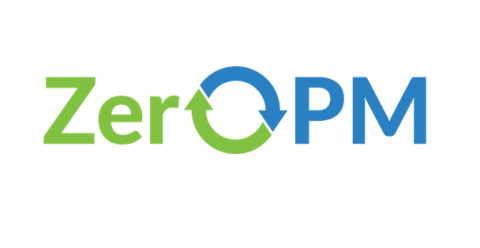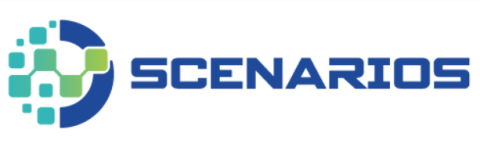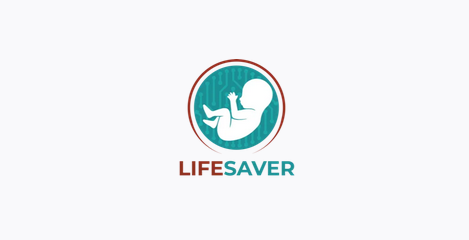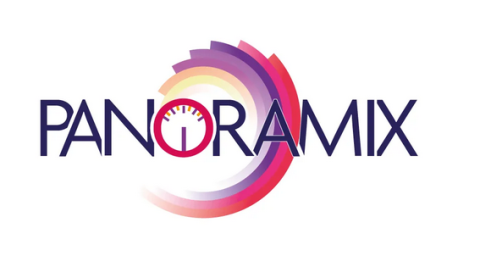Sister Projects
To create a zero pollution environment in Europe, the Green Deal was adopted in 2019. The goal is to reduce net greenhouse gas emissions in the European Union to zero by 2050. To achieve this, a Chemical Strategy for Sustainability was introduced, among other measures, to protect people and the environment from harmful and persistent chemicals.
Within the Horizon 2020 Framework Programme, PROMISCES is collaborating with five other projects of area 8 (Zero-Pollution, toxic free environments) to create synergies, share knowledge, and harmonize approaches. See for yourselve what our sister projects are working on!

ZeroPM: Zero pollution of Persistent and Mobile substances, will interlink and synergize prevention, prioritization and removal strategies to protect the environment and human health from persistent, mobile (PM) substances. To do this, ZeroPM will establish an evidence-based multilevel framework to guide policy, technological and market incentives to minimize use, emissions and pollution of groups of PM substances.
To Prevent, ZeroPM will develop scientific, policy and market tools for the substitution and mitigation of prioritized PM substances to safer and sustainable alternatives To Prioritize, ZeroPM will identify the groups of PM substances requiring the most urgent action. To Remove, ZeroPM will explore real-word scale remediation solutions and find their sustainability limits. By taking this systemic approach, the EU will be better able to avoid regrettable substitution – substituting one problematic chemical for another -and regrettable remediation – investing in remediation efforts more that cause more damage than the substance itself.

SCENARIOS is a 4-year H2020 Research and Innovation project RIA) involving 19 partners from 10 European countries and Israel.
The goal is to close the knowledge gap and achieve breakthrough TRL advances in the toxicology, detection and remediation of probably the most objectionable and widespread class of contaminants -PFAS-, with an unprecedented energetic balance and virtually no external chemical additives.
A major effort is underway to develop Integrated Approaches to Testing and Assessment (IATA) of PFAS, including the new generation of congeners, to assist EC and EU countries in decision-making on these substances for environmental safety and human health.

One aim of the LifeSaver Project is to reduce neonatal and infant death rates in Europe. Across Europe about 75% of all neonatal deaths and 60% of all infant deaths occur in infants born preterm, and worldwide 450 neonatal deaths occur every hour. The number of preterm births is growing despite advances in medicine as more pregnancies are in the later age but also due to increasing environmental treats and lack of suitable treatments.
In the LIFESAVER vision, every pregnant woman must have a proper living environment with the minimal risks to the foetus, safeguarded with scientifically justified regulations in use and control of potentially risky chemical and medicinal products, leading to healthier quality lives of the babies, overarching for generations.”
The ALTERNATIVE project develops an innovative platform and an integrated approach for testing and assessment of the potential of chemicals to induce cardiotoxicity. The novel approach will strengthen the capacity of regulators and industry to prevent cardiotoxic co-exposures to industrial chemicals and pharmaceuticals in an effective way.
ALTERNATIVE is a three-year Horizon 2020 research project launched in October 2021. It is performed by an international consortium of 11 organisations, coordinated by Politecnico di Torino.

The GreenDeal consortium ‘PANORAMIX’ (2021-2025) was formed to initiate a European-led innovation effort to mobilize the scientific progress made in recent years and to close critical gaps in mixture risk assessment of chemicals throughout the environment-food-human continuum.
We will address the above-mentioned key problems by show-casing a novel experimental path (based on in vitro tests and chem ID screening) towards identifying and quantifying the risk of chemical mixtures in real-life scenarios across water, food, and human samples.
Next, our aim is to evaluate the current human risk posed by chemical mixtures by evaluating case studies based on real-life exposure scenarios and to develop ready-to-use tools for mixture risk assessment that can form the basis for future regulations.
